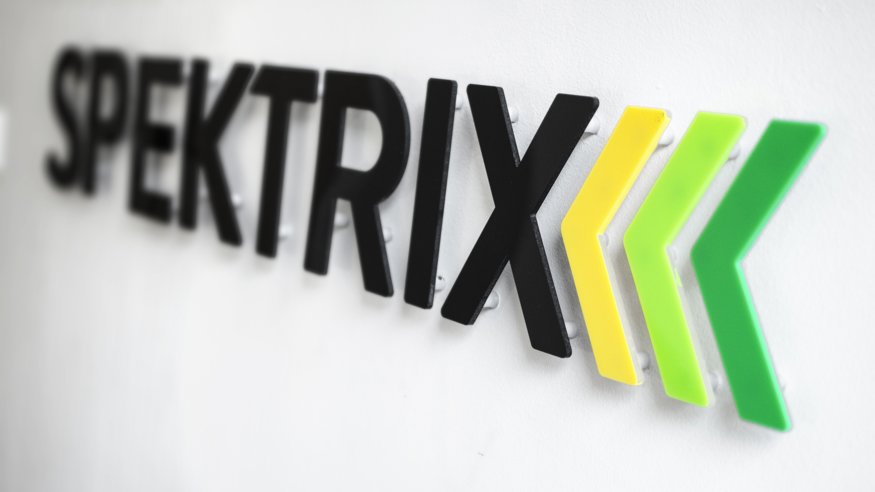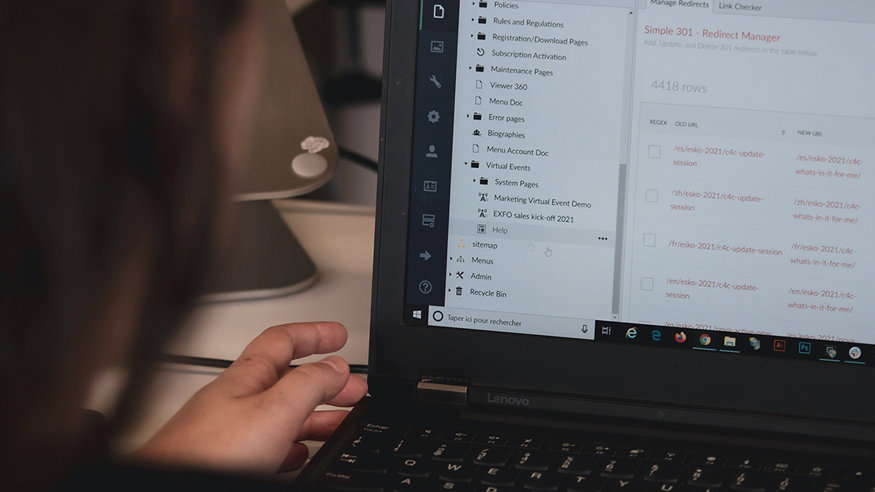Using modern methods to reach a modern audience

With digital marketing use increasing, it makes sense that traditional marketing methods are waning and becoming less relevant; but realistically it’s not really a question of which to use. In questions of one or the other, the answer is always both. Would you like whipped cream or ice cream on your warm chocolate cake? You know that both will be best. But what we really want to find out is which new methods are effective at engaging millennials?
Where digital marketing excels:
Instagram now has more than 500 million daily users; 70% of which are under 35, so it’s the perfect place to target a younger audience. The new phenomenon that is ‘influencer marketing’ primarily using Instagram as a platform is making waves worldwide. Adverts by influencers look so organic at times that they don’t even look like an advert; it’s a step above sponsored posts which can easily be ignored as soon as the word ‘sponsored’ is spotted, and far better than the more traditional style of online advertising. A huge benefit to influencer marketing is that these posts won’t be filtered out by Ad Blocker, 47% of users worldwide are using an Ad Blocker. Most commonly used by the 16-24 and 25-34 age groups; 31% and 32% respectively. (Source: globalwebindex.com)

Another benefit to influencer marketing is based on the response that it achieves; 6 in 10 YouTube subscribers would follow advice on what to buy from their favourite creator over their favourite TV or movie personality. (Source: influencermarketinghub.com) The sense of trust and even friendship established between influencer and user is far higher than that of a celebrity and a fan.
Before the internet was high speed and in almost every home (does your Grandma have broadband too?), TV adverts were King. Once upon a time they were an excellent way to reach a huge audience, the number of people owning a TV and watching regularly was continually rising it looked like TV ads were untouchable. However, live TV viewing has steadily dropped in the last 10 years to 85% as catch up TV took over the missing 15% (Source: Barb.co.uk). Businesses won’t be relying solely on live TV anymore; they can now push their marketing to targeted areas. Many TV streaming services require an account, and with that comes some basic information that can be used to tailor products to the most appropriate audience. This includes YouTube, with the recent demand for more moving media content it’s only going to be used more. By moving adverting towards and internet based and even onto a mobile device, what you’re basically doing is putting your brand where the audience is. How may of us use ad breaks to take a trip to the kitchen or to check social media? The mobile device is the distraction now, just put the marketing where the attention lies.
Where traditional marketing holds its own:
As much as it may appear from the perspective of an outsider, millennials aren’t all focused only on screens and nothing else. If you see one walk into a lamppost however, they might have been. But the point is that we can’t fully disregard traditional marketing methods because some do still have credit. In fact, due to the decline in print marketing in recent years, when a customer does come across a catalogue, booklet, letter or another type of print marketing it can be almost a special rarity. But you have to be aware of you client base, this approach would have to be towards customers you’re sure will appreciate it. Eco-friendly practices are becoming more valued by customers, this is particularly on the minds of the younger generation. So, I wouldn’t start throwing leaflets around if the first thing your customers will think is “why did they waste this paper?”.

People are so used to adverts intercepting their daily life now that they’re easy to ignore, and even easier to forget. This has pushed traditional marketing methods towards becoming more creative in order to create the impact they crave; the very standard poster or billboard is occasionally being reinvented as a hand painted mural. Found in fashionable locations like Brick Lane in London or Brooklyn, New York, larger than life murals are exceptionally attention grabbing and therefore great at creating a buzz. Due to the popularity of social media these murals have the potential to ride the wave of popularity further than just the local area; creating something impactful (you could say Instagramable) could lead to a viral ad campaign pushed by the public alone. This is a quite literal example of a traditional method modernised, and quite a clever method for covering both bases of marketing.
You may disregard email marketing as an old-fashioned method of reaching people, the first ever email sent was in 1971 after all. But you may be surprised to know that, according to a study from YouGov, 25% of 18-34 year olds will check email before any other messaging app in the morning. Clearly, it’s still very relevant. These days email inboxes are increasingly full of content struggling to be seen, so what makes your subject line get clicked on? You may have noticed that emojis are increasingly popping up in your inbox, have a look through now. Experian found that using emojis in email subject lines increased their open rates by 56%, when compared to text only. It’s important to know your audience, but it’s worth testing. I recently received an email from a brand I follow with the subject line of four yellow heart emojis, yes, I opened it.
It seems safe to say that the way to reach millennials is primarily going to be digitally. The way young people are being advertised to is getting more and more inventive; pushing harder on mobile devices and pop culture in order to effectively engage. No doubt things will keep changing quickly and by next year there will be something new that young people are paying attention to. But right now, these are some good marketing tactics to think about or even look out for.
16i can provide email marketing services to boost your business, contact us to find out more.
Share article:

Spektrix: a beginner's guide
Utilised by a global user-base, Spektrix has become the market leader in back office and digital marketing systems, primarily within the arts industry. This blog explores what it is, who uses it and most importantly, how it could benefit your business.
Read more
Digital shouldn’t cost the earth!
As the effects of climate change become increasingly apparent and with 16i currently working towards B-Corp status, this blog piece looks at sustainability in the digital world and how we, as consumers can help to make a difference.
Read more
Benefits of Umbraco v9
Following the recent launch of Umbraco v9, this blog looks at the key benefits of the latest version
Read more
Roles and responsibilities in software development
16i consists of a cross-functional team made up of various roles and specialisations. This blog looks at the key responsibilities of each.
Read more
How will Google’s plan to remove third-party cookies affect your business?
Google will be removing third-party cookies from Chrome to protect their users online privacy. But it will have an impact on the way in which businesses carry out their online marketing.
Read more
Benefits of upgrading Umbraco to the latest version
Umbraco is a world-leading content management system (CMS) used by multiple business across a variety of sectors.
Read more
Why Umbraco? The top ten benefits of using Umbraco for site content
Umbraco is an-easy-to-use, open-source content management system CMS which currently supports over 0.5 million websites
Read more
What is Cloud hosting?
Cloud hosting makes websites and applications accessible using cloud resources
Read more